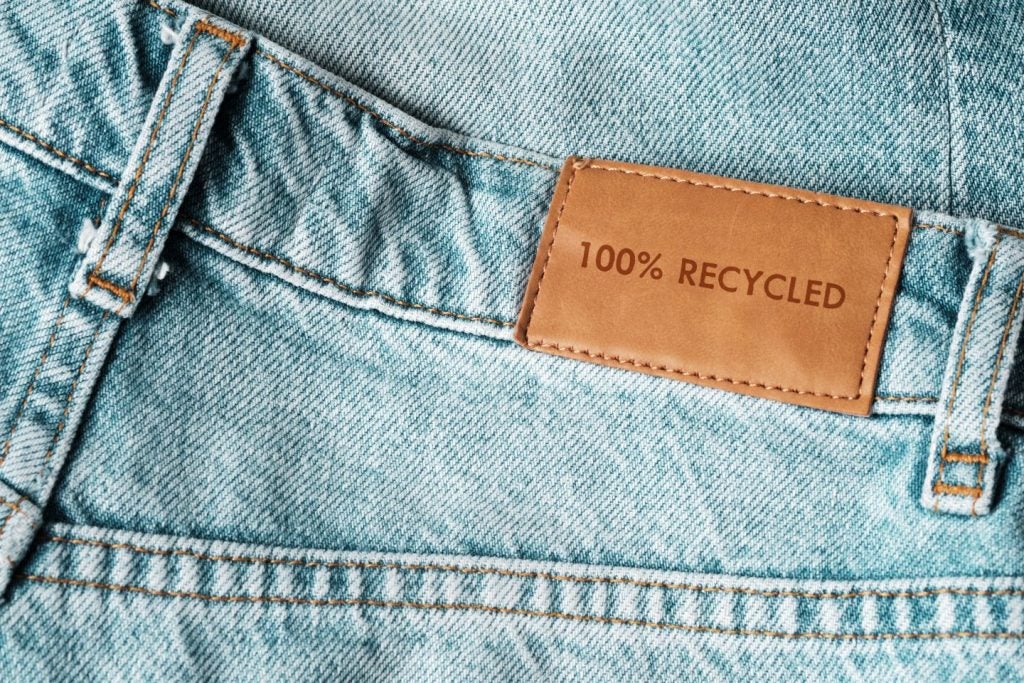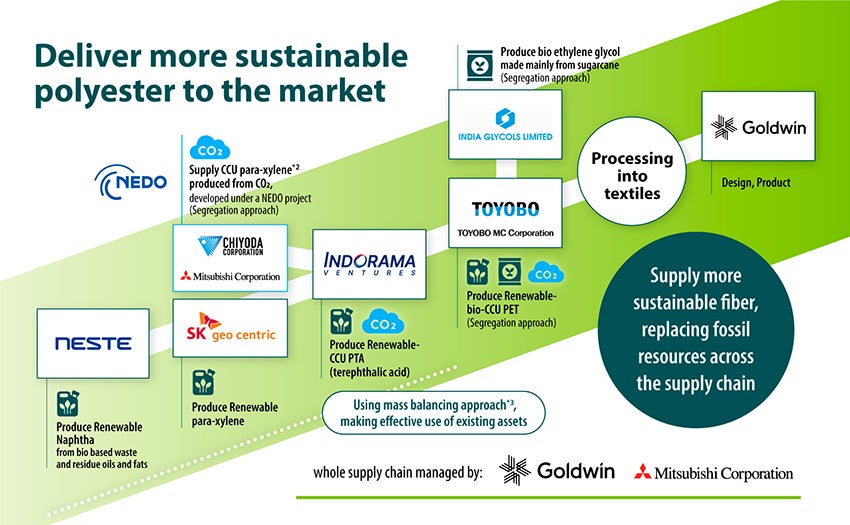According to OTEXA, in May 2024, US imports of apparel totalled 1.963m square metre equivalents (SME) – down 1.3% compared to May 2023.
Dr Sheng Lu, professor of apparel studies at the University of Delaware, told Just Style the figures show US apparel import volume is continuing to “stagnate”.
He explains: “Specifically, seasonally adjusted data shows that US apparel imports in May 2024 increased by 1.5% in quantity but decreased by 1.6% in value from April. Additionally, US apparel imports in May 2024 were 1.4% lower in quantity and 6.1% lower in value compared to a year ago.”
Apparel imports for the year-to-date May 2024 were 9.630m SME, up 0.6% compared to the year-to-date in May 2023.
Value of China imports continues to fall
The latest figures from OTEXA show a 1% increase in the volume of apparel imports from China, however the statistics also show a significant drop in the value of apparel imported from the region.
“In May 2024, China remained the largest source of US apparel imports, accounting for 34% of the total imports by quantity and 18% by value. This pattern is expected, as May to October is typically the peak season for US companies to source from China,” Dr Lu explains.
“However, measured in dollars per square metre equivalent, the unit price of "Made in China" apparel dropped sharply by 9.1% in May 2024 from April. During the same period, US apparel imports from other regions mostly became more expensive, such as Vietnam (up 1.4%), ASEAN members (up 3.0%), and the world average except China (up 0.7%).”
Dr Lu adds: “It remains unclear whether this price decline is directly due to China’s slowed economic growth, leading to a new influx of cheap products in the global market. Given the already high US-China trade tensions, the latest flood of cheap imports from China could potentially trigger a new backlash.”
In May, the Biden Administration announced it would be keeping Section 301 Tariffs related to Chinese imports in place on a raft of products including textiles following a four-year review.
With ongoing debate about de minimis and enforcement of the Uyghur Forced Labor Prevention Act, relations between the US and China look set to once again dominate the ongoing presidential election.
How is nearshoring impacting imports?
“In the first five months of 2024, US apparel imports from several emerging sourcing destinations, including India, Cambodia, Jordan and Guatemala, experienced much faster growth than the world average,” Dr Lu notes.
The latest figures from Otexa show that US imports from India (0.4%), Cambodia (0.6%) and Jordan (0.1%) all increased slightly in May 2024 compared to May 2023.
Meanwhile, US apparel imports from Bangladesh decreased 0.7% compared to in May 2023, taking a 9.9% share of the market in 2024 so far, which is down from a 10.7% share of the market at the same point in 2023.
“This trend reveals US fashion companies’ ongoing efforts to diversify their sourcing base, particularly beyond the conventional top three of China, Vietnam, and Bangladesh,” shares Dr Lu.
However he cautions that is does not suggest US fashion brands have made any significant progress toward nearshoring in the western hemisphere.
“Nevertheless, as a positive sign, the utilisation rate of the Dominican Republic–Central America Free Trade Agreement (CAFTA-DR) for apparel products has increased from around 66% in 2023 to 72% in 2024 so far."
Dr Lu believes this improvement reflects the positive outcomes of joint efforts to build a more integrated textile and apparel supply chain in the region.
What next for US apparel imports?
Looking ahead, Dr Lu says other macroeconomic indicators also present a “mixed picture”.
Current president Joe Biden and former president Donald Trump's first televised presidential candidate debate on 27 June added to uncertainty within the apparel sector. Recent months have also seen growing evidence that companies are starting to ship products intended for the festive season earlier than usual.
Dr Lu concludes: “The US Consumer Confidence Index dipped to 100.4 in June 2024, down from 101.3 in May. Meanwhile, the US unemployment rate rose to 4.1% in June 2024, the highest since January 2022. With ongoing high inflation, the lukewarm US economy could continue suppressing consumer spending on clothing.”
















